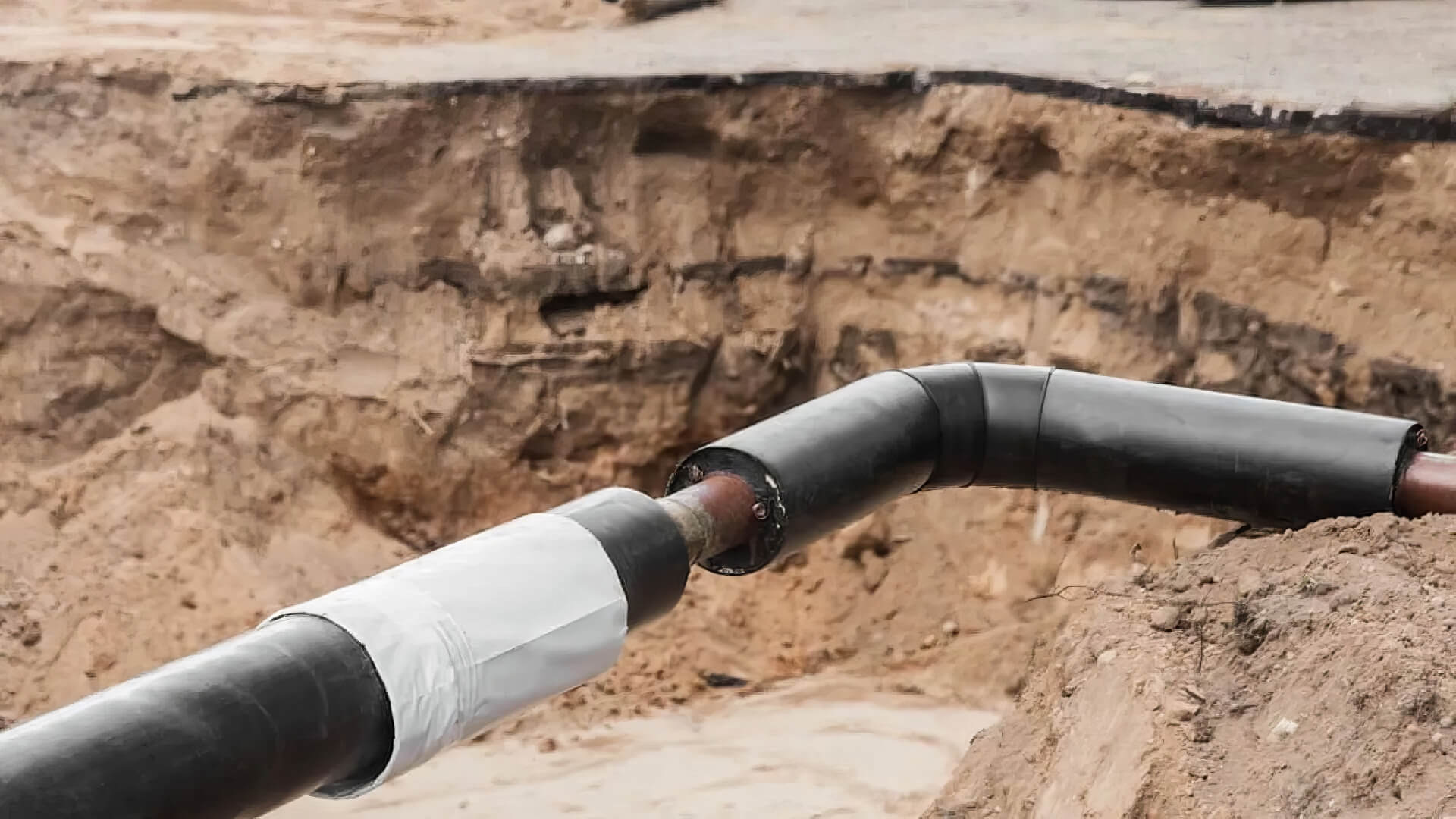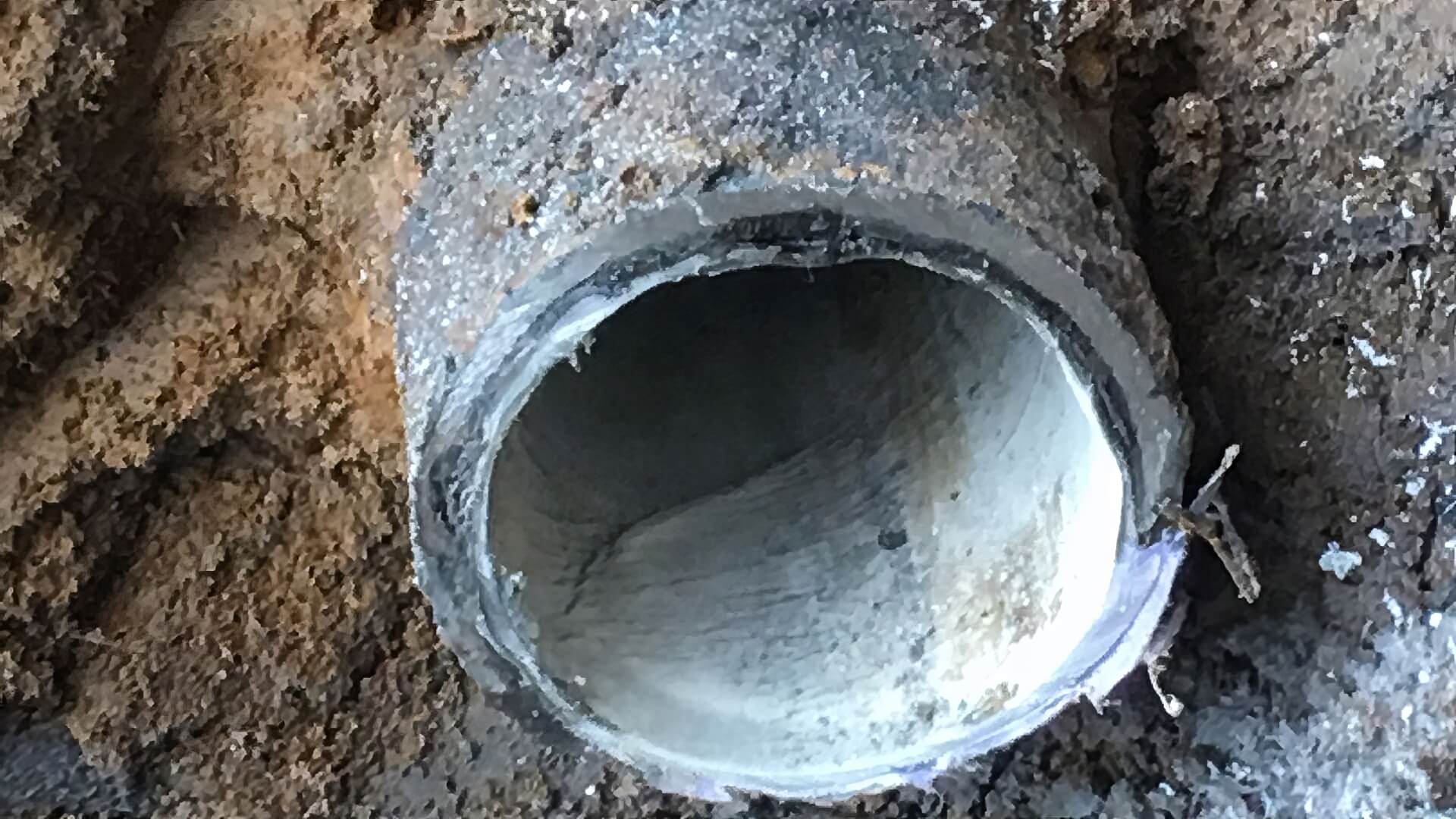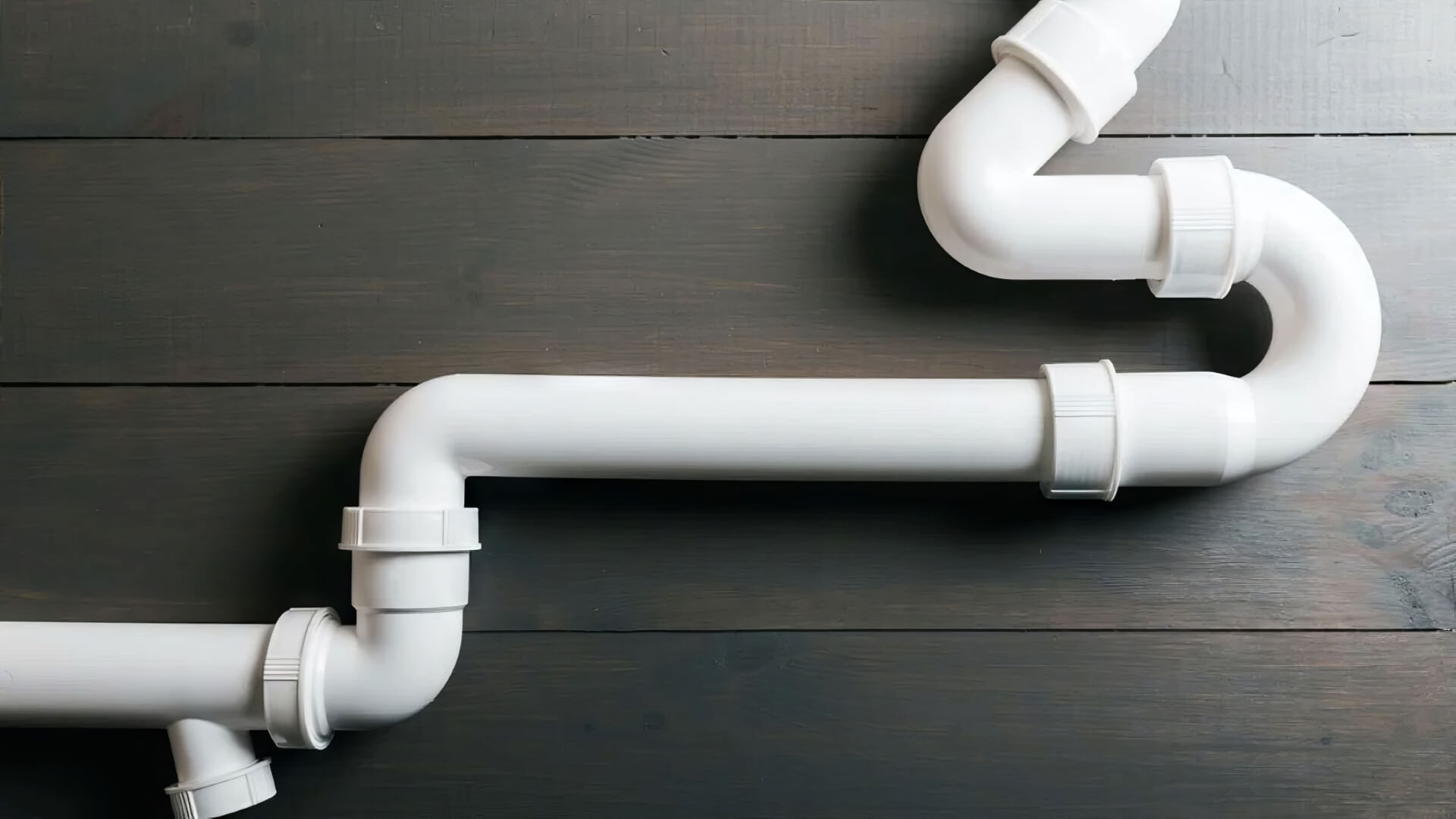Understanding Hot Water Safety
Maintaining safe hot water systems temperatures is crucial for preventing injuries and ensuring the health of your system. Temperature can be a critical factor; water over 50°C poses a scalding risk, whereas ranges between 20-45°C allow Legionella bacteria to proliferate. Setting your hot water heater within or slightly above this range optimises these factors while preventing scalding and Legionella growth.
However, Legionella bacteria are killed after 2 minutes at 65°C. However, Legionella bacteria are killed after 2 minutes at 65°C. This maintains safety while enhancing energy efficiency, fostering both health and smart energy consumption in your water systems.
Regulating Water Heater Temperature
To regulate the temperature your electric hot water heaters operate at, first identify your current setting. Electric water heaters have a thermostat dial with temperature markings, whereas a gas hot water system will feature a gas control knob. Turn the hot water on and set your water heater as necessary, then use a thermometer to measure the output from a faucet.
To adjust your electric water heater thermostat, turn the dial to raise or lower temperature settings until the output reaches 50-60°C. To adjust your electric water heater thermostat, turn the dial to raise or lower temperature settings until the output reaches 50-60°C. Setting the thermostat below 50 degrees Celsius preserves energy but can promote Legionella growth, while exceeding the limit hampers energy efficiency and increases the danger of scalding.
For tankless water systems, aim for the ideal temperature of 120-140°F (approximately 49-60 degrees Celsius) for comfort and safety.
Install a tempering valve on baths/showers to set your temperature hot water to a safer level. Also have your plumber adjust temperature your hot water via the relief valve and install a sacrificial anode to optimise your system.
Ensuring Water Is Not Too Hot
To perform temperature checks and determine how hot your tap water can be, use a thermometer to assess the water temperature at your taps. Hot water can pose a risk of scalding for children and elderly when temperatures exceed 50°C. Temperature too high can cause significant health risks, particularly severe burns for children and the elderly.
If your hot water exceeds 50°C, take action to adjust temperature settings of your system. Install thermostatic tempering valves on showers and bath taps for effective temperature control, automatically regulating the water to a safe level before it reaches the outlet. Mixing valves facilitate water distribution by blending hot cold water to guarantee a uniform and safe temperature.
You can also have your licensed plumber adjust your hot water heater set to a lower temperature. Aim for the recommended temperature of 50-60°C for optimal safety and efficiency. This lowers scalding risks while still allowing disinfection and comfort.
Make sure to educate young children on hot water safety, supervise them around taps and keep your hot water temperature limited in places like nursing homes. Your plumber can help ensure temperature your hot systems are maintained at a safe level.
Ensuring Water Is Hot Enough
There are a few key signs that your hot water may not be reaching an adequately hot temperature:
- Poor cleaning/sanitising ability – Hot water needs to reach at least 60 degrees Celsius to effectively kill germs and bacteria.
- Underperforming dishwasher/washing machine – These may not clean properly if inlet water is too cool.
- Long time to get hot water – If it takes over 30 seconds for hot water to flow from the tap, temperatures could be too low.
Systems with stored hot water like storage heaters need temperatures of 60°C or above to mitigate Legionella risk. Storage tank heaters should be set to 60-65°C to ensure effective disinfection while preventing scalding at fixtures. This hot water heater temperature is then adjusted with cold to deliver a safe and energy-conscious 49-60°C at the tap, balancing safety efficiency.
If you suspect your hot water isn’t reaching 60°C, check the thermostat on your storage heater or consult a licenced plumber. They can adjust your thermostat to the optimal 60-65°C storage temperature while installing tempering valves to prevent scalding.
Regular servicing ensures your water system can maintain appropriate temperatures by preemptively replacing worn components. This comprehensive maintenance keeps hot water at optimal performance, ensuring it remains safe and effective.
Adjusting the Thermostat
Adjusting the thermostat is key to optimising the temperature and performance of your hot water system. Here are tips for optimising the type hot water systems commonly found in homes:
Electric Water Heaters
Locate the thermostat dial on your electric heater’s control panel. Turn clockwise to increase temperature or counter-clockwise to decrease. Adjust in small increments and give the continuous flow heating system time to reheat before retesting.
Gas Water Heaters
Find the gas control knob/dial on your gas hot water system and rotate to adjust the temperature up or down. Refer to markings indicating higher and lower settings. Wait for reheating then check output temperature.
Solar Water Heaters
Solar hot water systems have a booster thermostat. Adjust this as you would an electric hot thermostat to control water temperature for times when solar gain is low.
Seeking Help
If you are unable to easily access or alter your new hot water heater set temperatures, contact a licenced plumber. Professionals have the expertise to safely set your system to optimal temperatures.
Carefully follow manufacturer guidelines when making adjustments. Drastic changes can damage your unit or put your family at risk. Maintenance checks should occur annually or more frequently if you have an older hot water system.
When to Call a Professional
Calling a professional plumber is advisable when you encounter ongoing or complex issues maintaining safe temperatures in your hot water system. The experts at Beverley Park Plumbing have extensive experience optimising Australian hot water safety and efficiency.
Contact us on 1300 349 338 or [email protected] for assistance if:
- You are unable to easily access or adjust your water heater’s thermostat
- Temperatures are still too high or low after attempted adjustments
- You lack the expertise or confidence to service your system
- Your hot water issues are recurring and unresolved
We provide comprehensive hot water solutions, including:
- Thermostat adjustments and replacements
- Installation of tempering valves
- Legionella testing and disinfection
- Full servicing to optimise efficiency and longevity
With over 25 years of local experience, we can expertly inspect your system, identify any issues and implement the best remedy to restore safe, comfortable hot water supply to your home.
Routine Maintenance
Performing routine maintenance on your hot water system is crucial to optimise performance and prolong its lifespan. This prevents more costly repairs down the track.
It’s recommended to have a licenced plumber replace your system’s sacrificial anode every 5 years for optimal hot protection. The anode rod protects the tank from corrosion but corrodes itself, so replacing it on schedule is key.
Also have professionals conduct annual checks to ensure the right temperature and pressure levels. They’ll ensure your heater is set to 50-60°C to balance Legionella control and safety from scalds. Experts can adjust thermostats and valves accordingly.
Your plumber should visually inspect the physical components crucial in heating water, like elements, wiring, and pipes. They can spot early signs of wear to replace parts before failure. This safeguards your system.
Staying on top of service checks allows plumbers to fine tune your hot water unit, which can optimise its performance and longevity. This optimises efficiency, safety and longevity - avoiding disruptive breakdowns. Contact our team anytime to discuss maintaining your system.
Checking the TPR Valve
The Temperature and Pressure Relief (TPR) valve is a crucial safety component of your hot water system. This valve prevents dangerous pressure build up by releasing excess heat and water when preset limits are exceeded.
It’s recommended to manually operate the TPR valve every 6 months to ensure it is functioning properly and water flows freely. Simply lift the lever at the top of the valve for a few seconds to turn off the flow. Water should discharge from the drain line attached to the valve.
If water does not flow or the valve is stuck, contact a licenced plumber immediately. A faulty TPR valve compromises safety by not releasing pressure when needed. Our team can inspect your valve and make repairs or replacements to restore safety.
Regular TPR valve checks complement testing your water temperatures. Together they optimise hot water safety and longevity. Staying on top of maintenance ensures health safety and prevents problems down the track.
Replacing the Sacrificial Anode
The sacrificial anode is a crucial component that protects the inside of your hot water system’s tank from corrosion. Over time, the anode rod corrodes instead of the tank itself, prolonging your heater’s lifespan.
Anodes typically last around 5 years before needing replacement in your hot water tank. Signs it’s time to replace your anode include:
- Noisy water heater operation
- Cloudy/discoloured water
- Reduced hot water flow
- Foul smells from hot water
Replacing aged anodes prevents tank corrosion, optimising your hot water system’s longevity and performance. Our licenced plumbers can inspect your anode and replace it if needed during your routine servicing.
Installing new components essential for water heating, like the sacrificial anode, typically takes less than an hour. We drain and open your water heater, remove and replace the corroded rod before resealing the unit. Having new anodes fitted every 5 years reduces repairs and replacements, saving you money.
Contact our team on 1300 349 338 anytime to discuss servicing your hot water system. We can assess components like valves, heating elements and your anode, replacing parts proactively to enhance safety, efficiency and lifespan.






